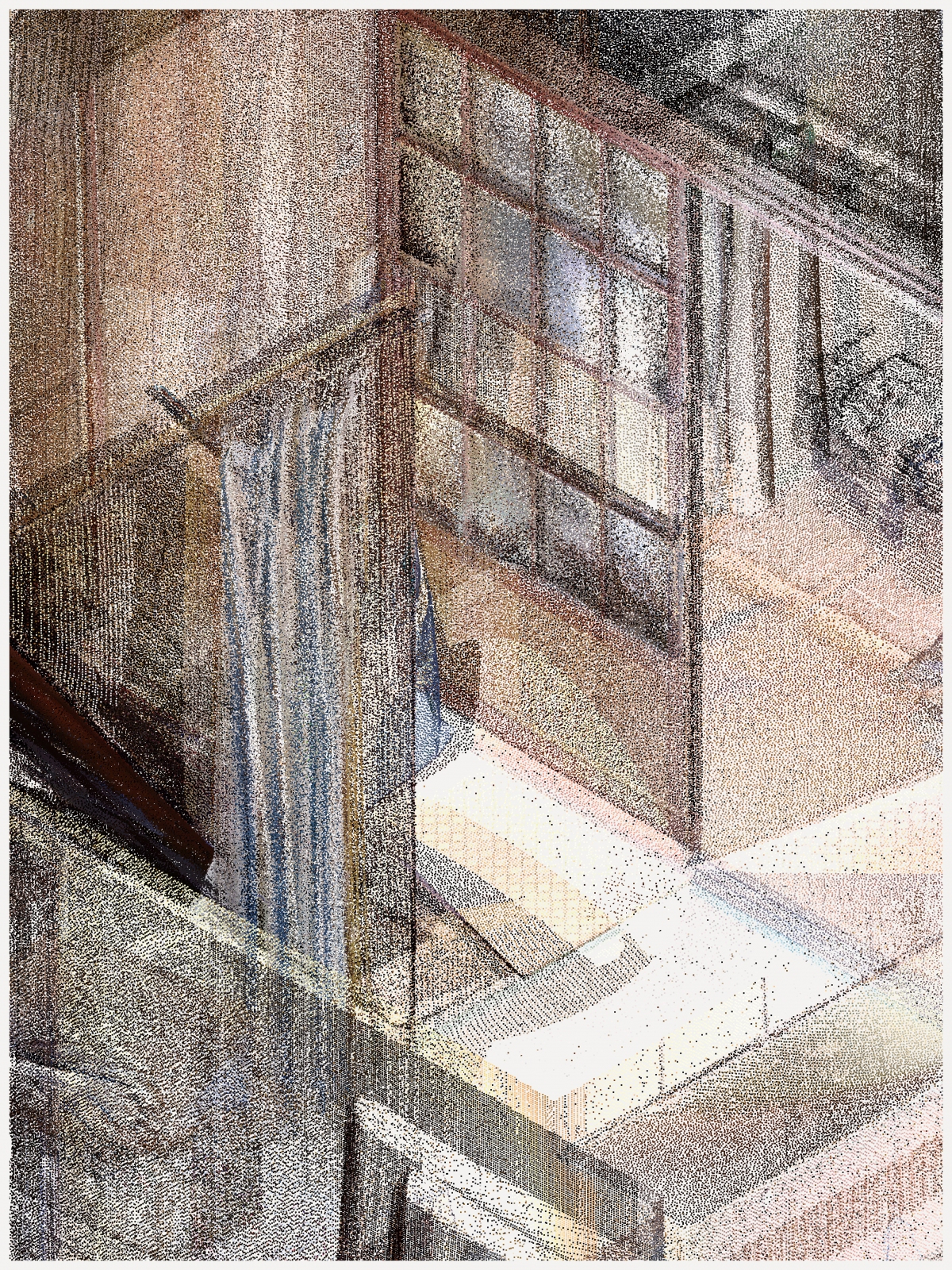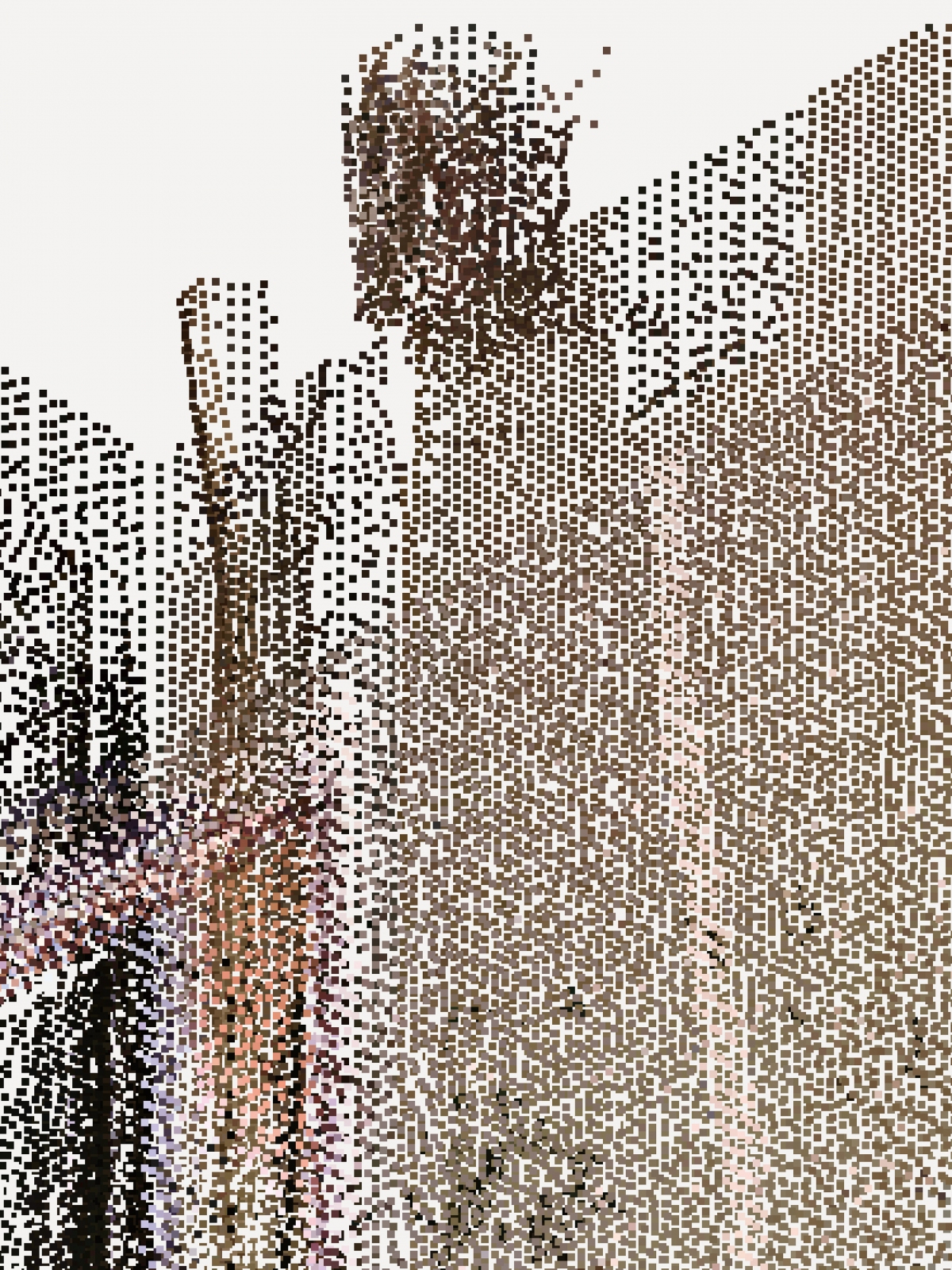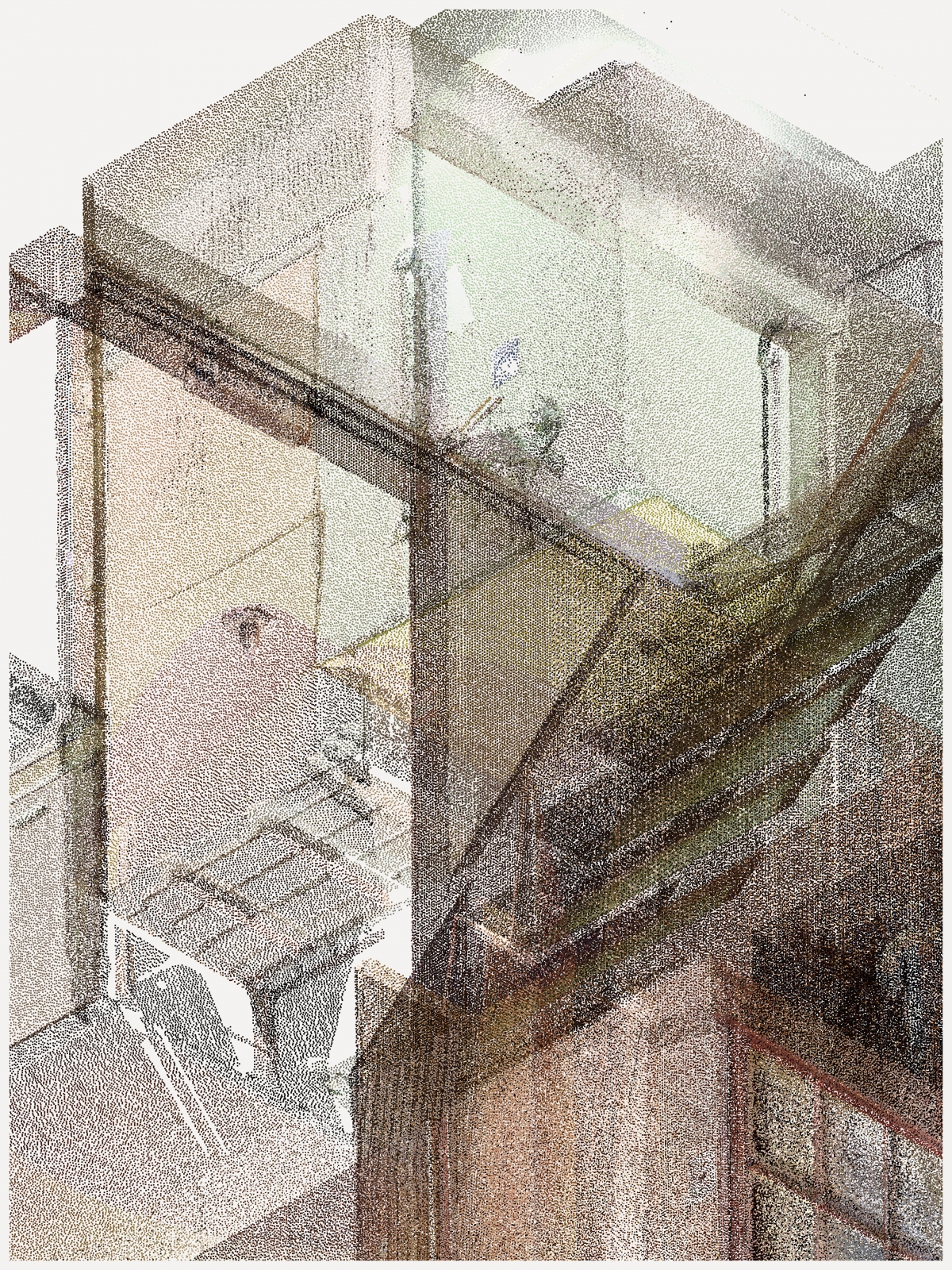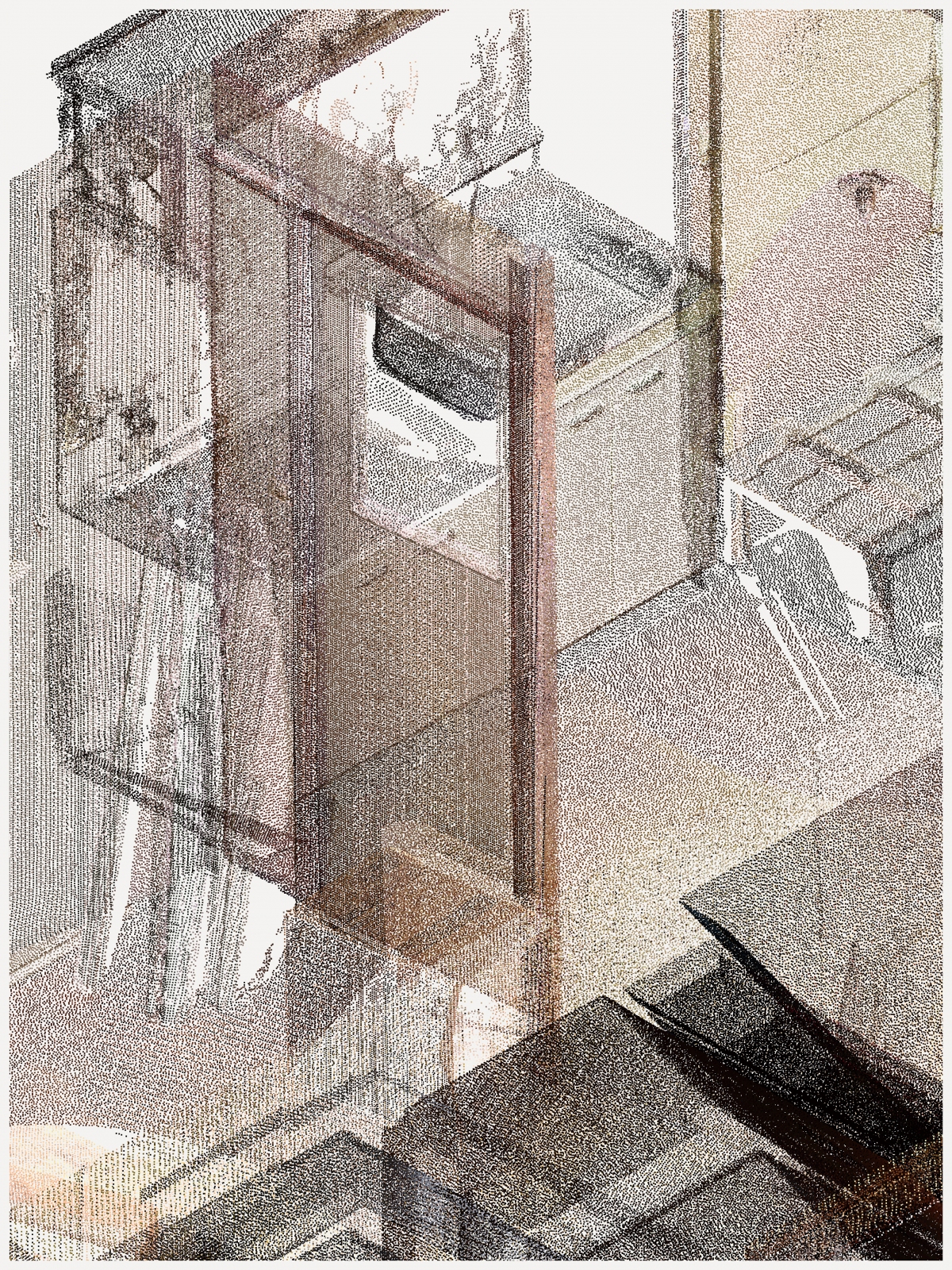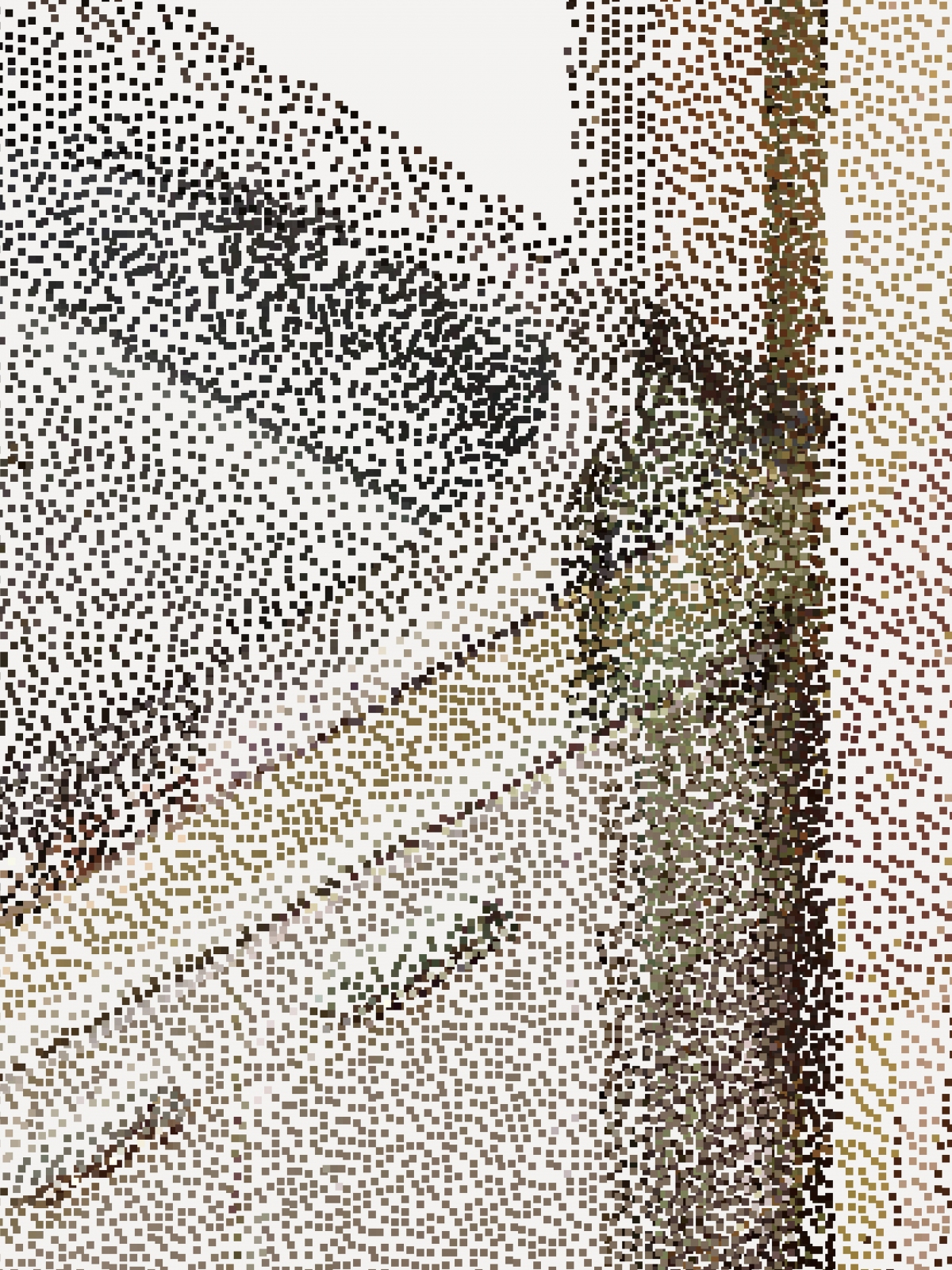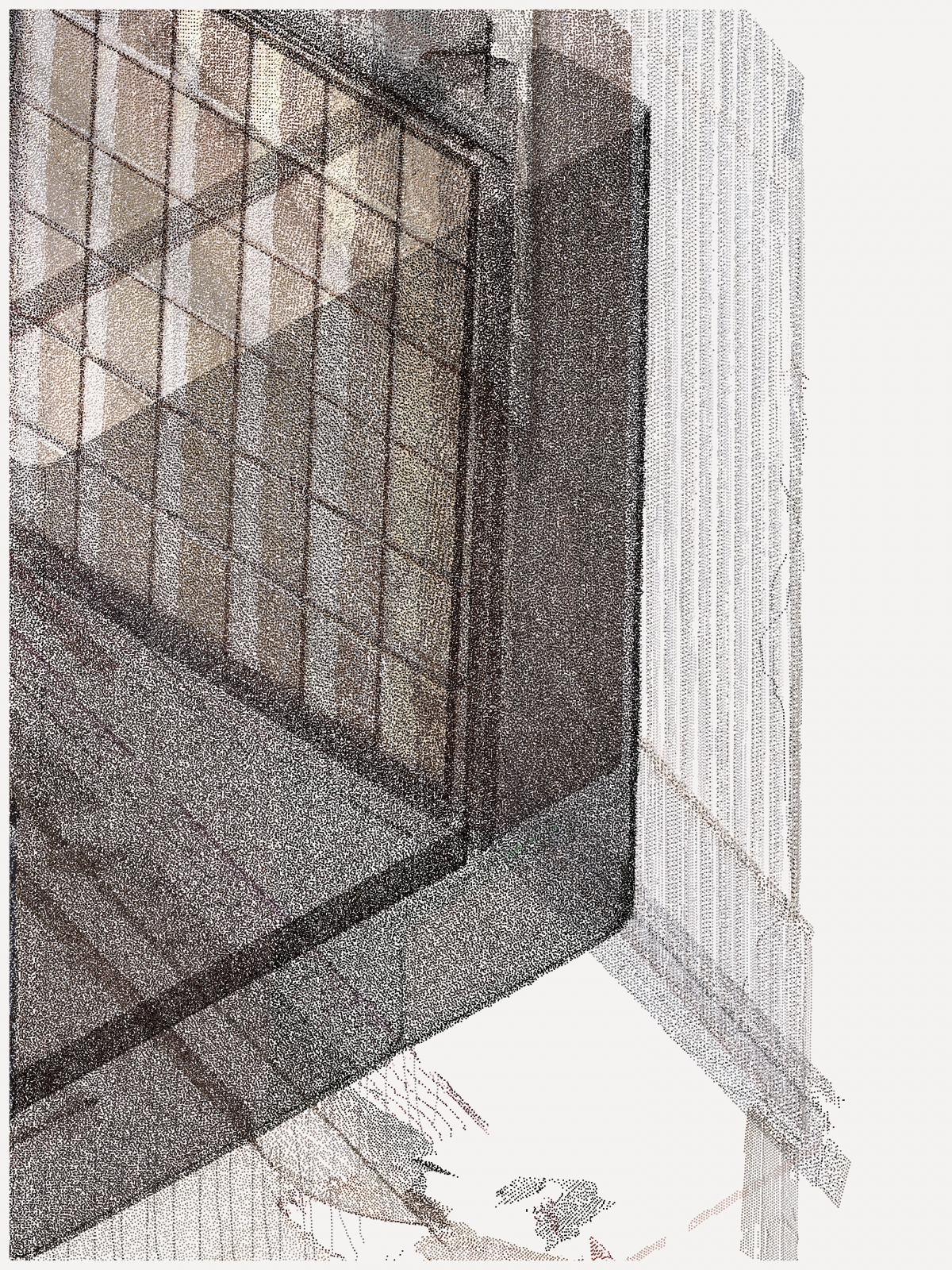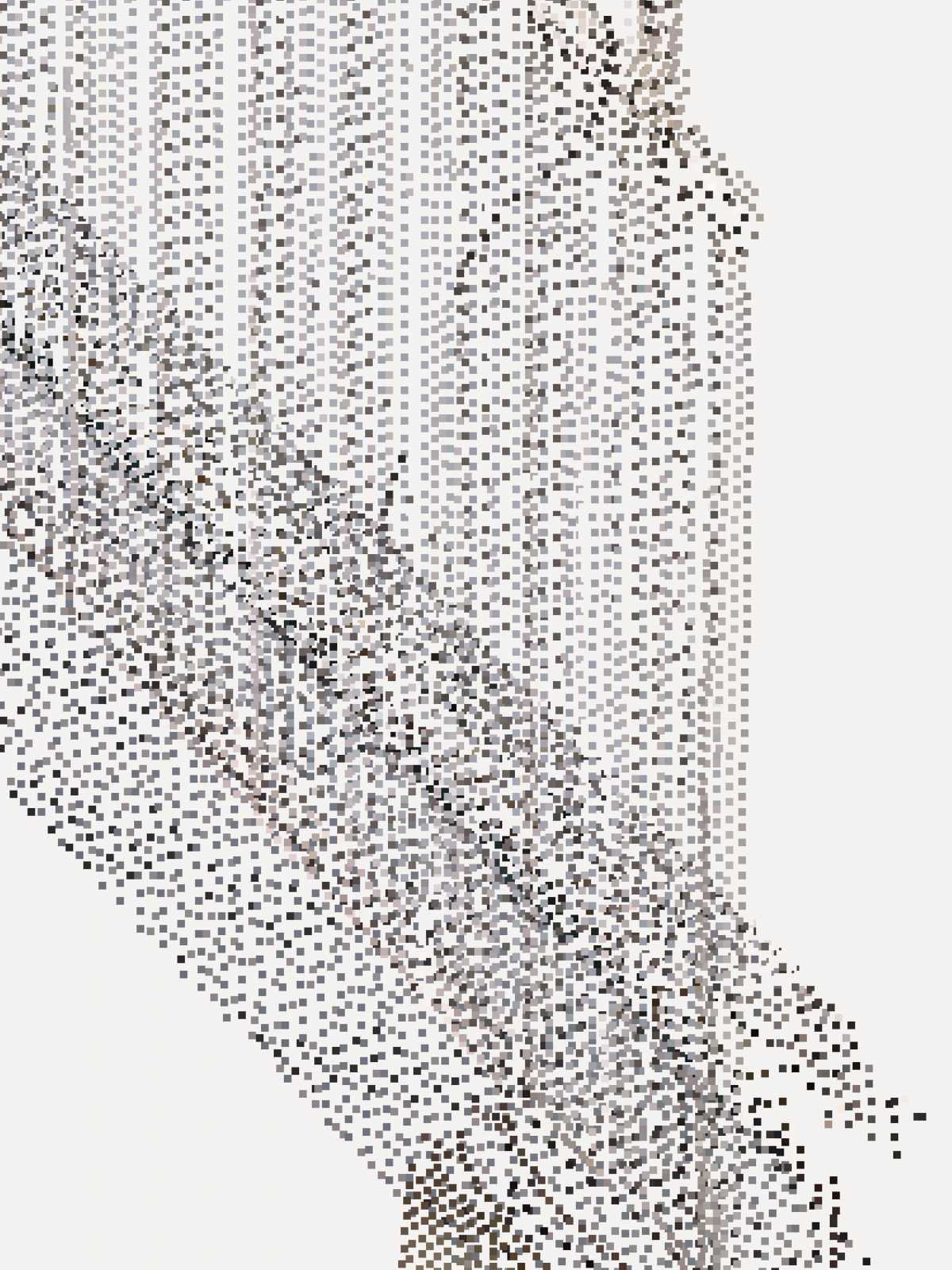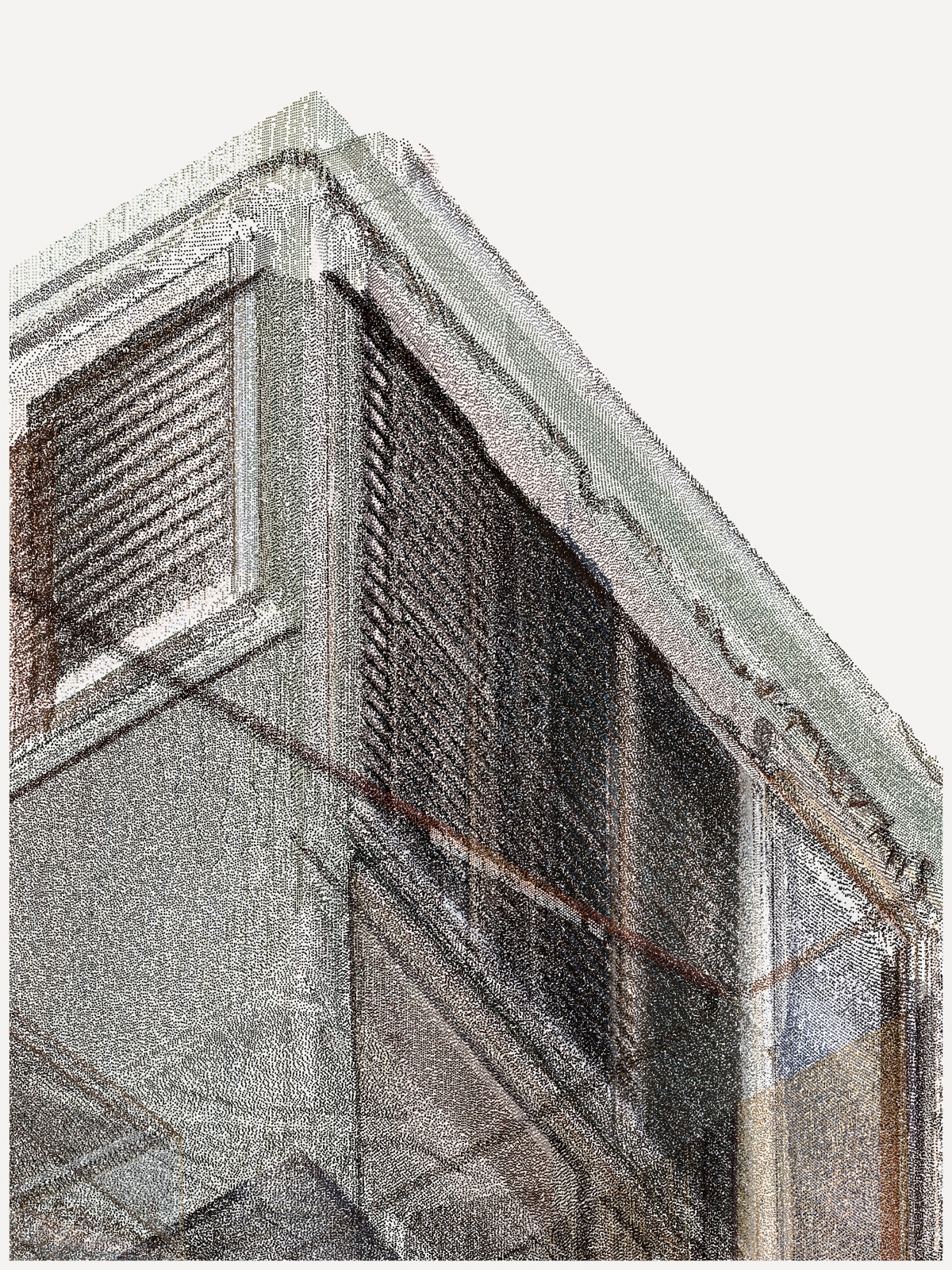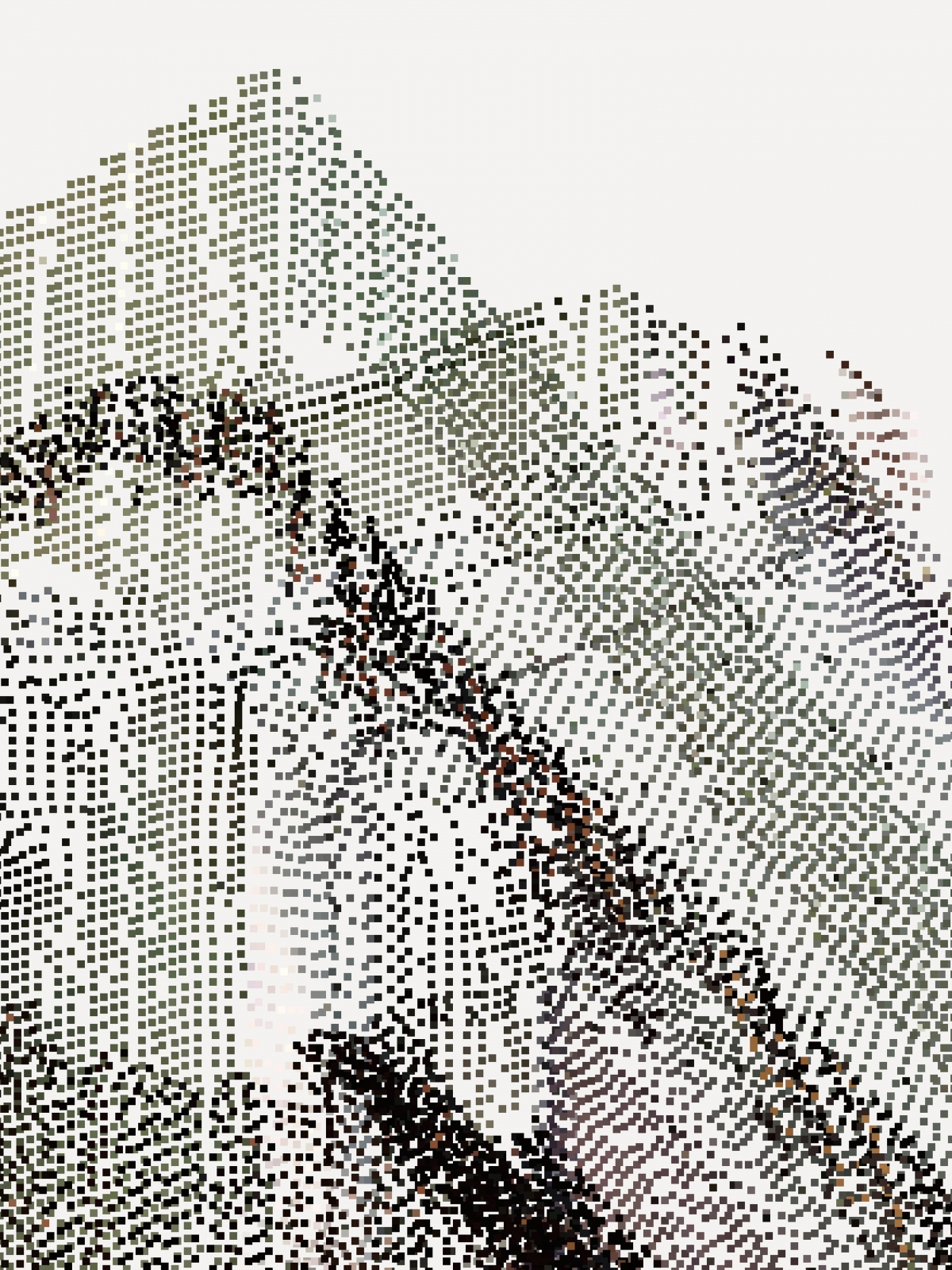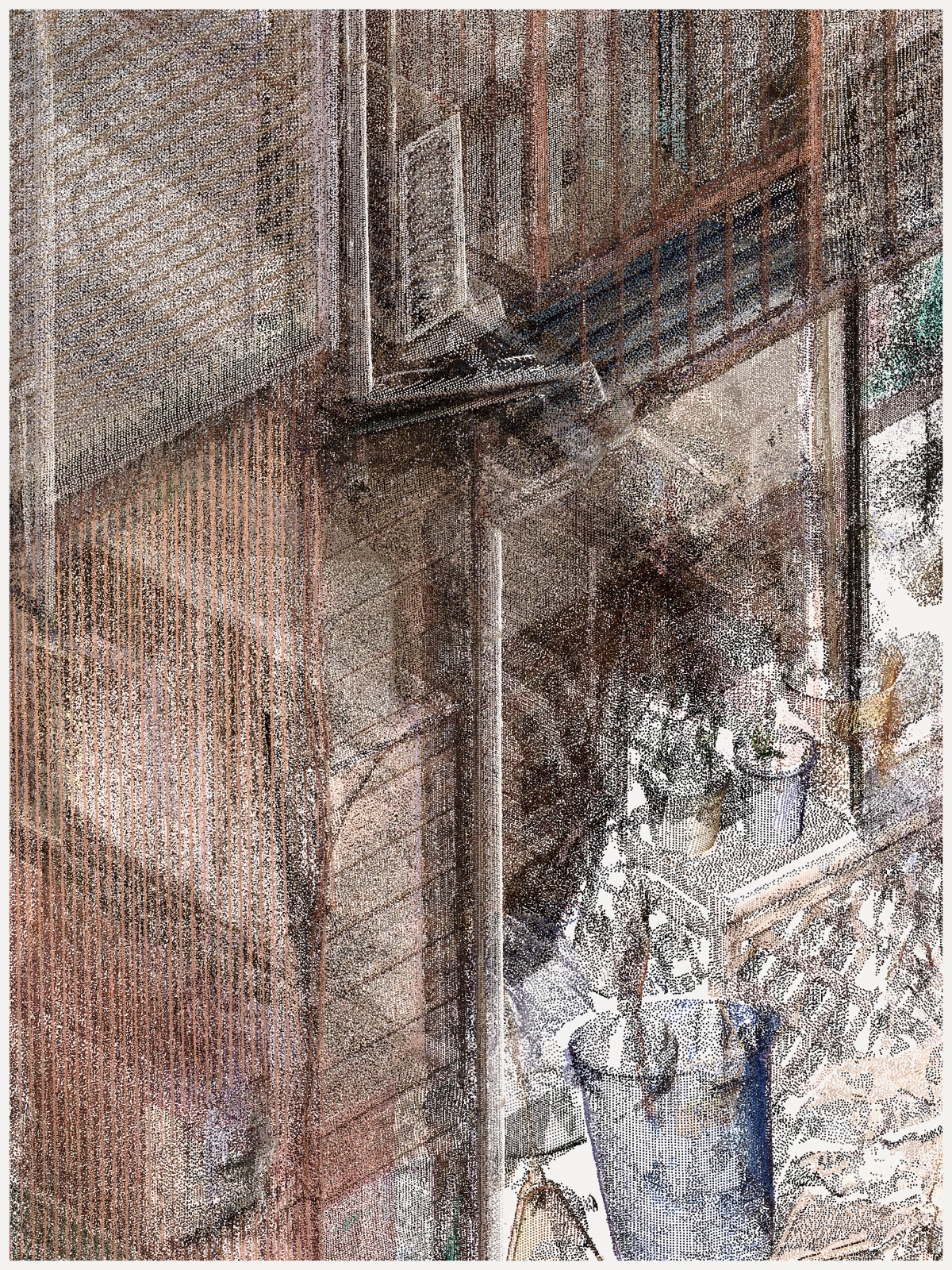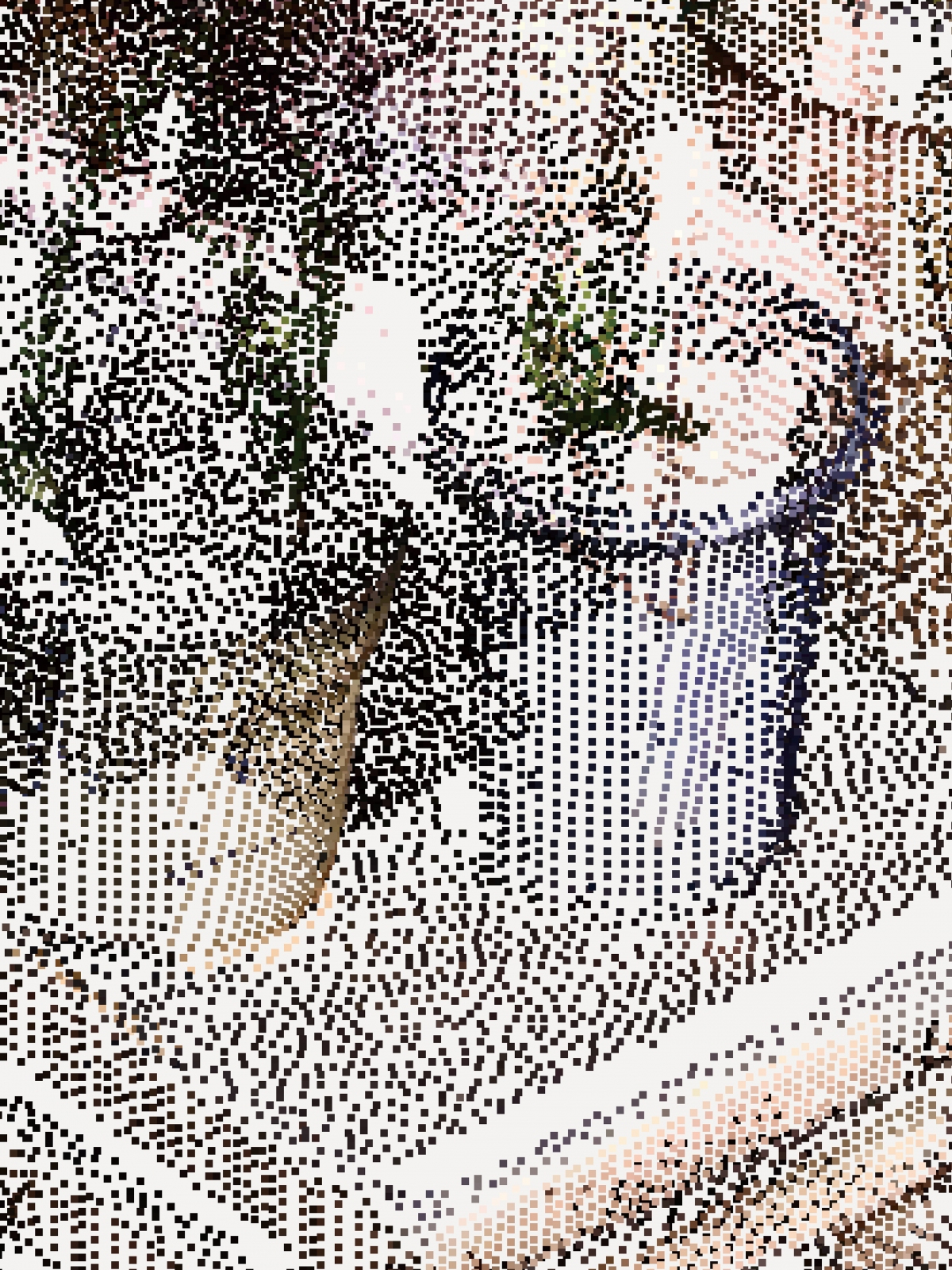SUNAYAMA TAICHI
Eight Images
Eight Images
Eight images here show the interior of a house in Kyodo, three stops away from Shinjuku on the Odakyu Line Express train. The date taken is September 6, 2019. When the Odakyu Line was built in 1920, Shinjuku was the outskirts of Tokyo, and Setagaya an extensive rural area. The house stands beside the Tenso Shrine, which was built as far back as 1507 and has long protected the area. The owner built the first structure at the site in 1954, running a pharmacy in the district that was just beginning to develop into a residential area. By the time the neighborhood began to flourish as a commercial district along the road leading to the shrine, the building was renovated in the style of billboard architecture (a traditional Japanese-style structure with a flat ‘westernized’ façade) and continued to undergo the process of extension and reconstruction, changing its appearance and form throughout the 60 years of its existence.
The eight images were photographed for Co-ownership of Action: Trajectories of Elements, the Japan Pavilion at the 17th International Architecture Exhibition, La Biennale di Venezia (abbreviated below as “the Japan Pavilion Exhibition”). The Venice Biennale, which centers on exhibitions in national pavilions hosted by individual nations, was inaugurated in 1895 and has by now been held over 58 times throughout its history, riding the wave of globalization in the modern world. The first International Architecture Exhibition took place in 1980, and its 17th edition was scheduled for 2020. On March 4, 2020, however, with less than three months left before the opening, the exhibition was announced to be shortened and pushed back to August due to the growing outbreak of the novel coronavirus in Italy, and amid increased international precautions over the following weeks, it was thereafter rescheduled to 2021. No one knows what the exhibition will look like in 2021, just as it has been and will continue to be impossible to predict how the pandemic might play out.
The eight images were made from the 3D scan data of the house in Kyodo. The ordinary house of postwar Japan was to be dismantled due to its reconstruction and its components transported to Italy for four participating architects to reinterpret them for the Japan Pavilion Exhibition. A stationary 3D laser scanner was used to preserve the data of the structure that was going to be lost in the aftermath of the dismantlement. The structure gets reduced to a total of six numbers as a line of laser light from the scanner is projected onto its surface: R, G, B for color information, and X, Y, Z for positional information.
The photographer of the eight images is essentially non-existent. The data of the structure reduced to six numbers is reconstructed in the three-dimensional space on the computer. The number of data points quantified from the mere area that is 15 m wide, 7.3 m long, and 7.6 m high amounts to 500 million. Although only a few dozen devices have been installed in the measuring process, a camera can be set up at any position or angle within the interior space reconstructed on the computer in the form of a point cloud. Pointing a non-existent camera, we drift through the virtually rendered space at a static time on September 6, 2019.
